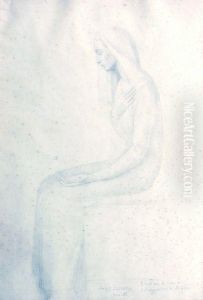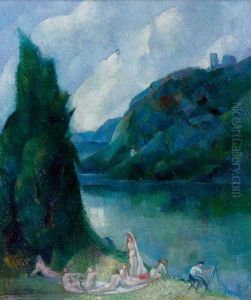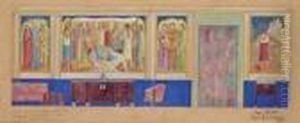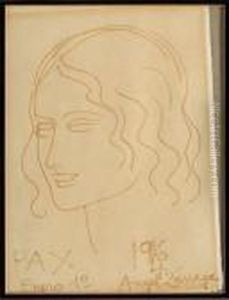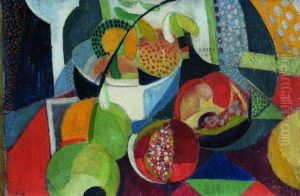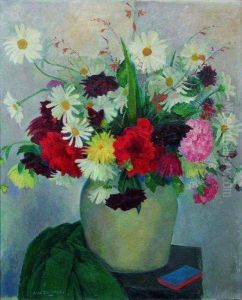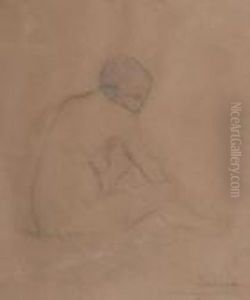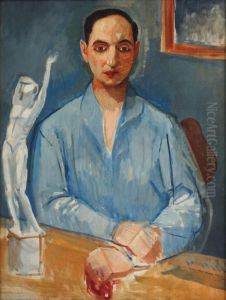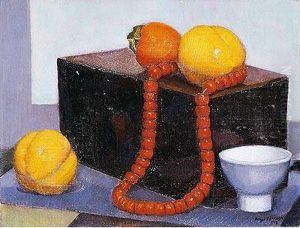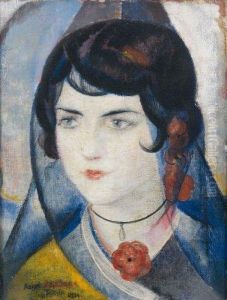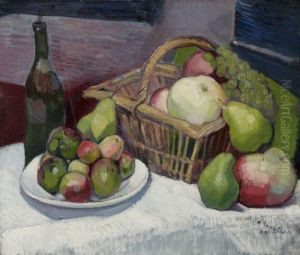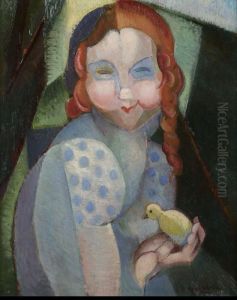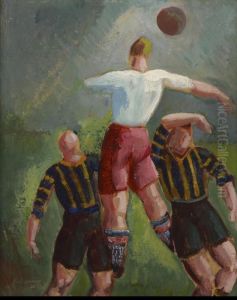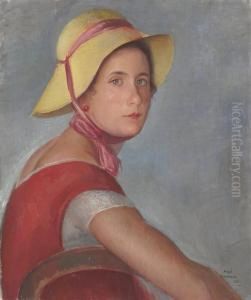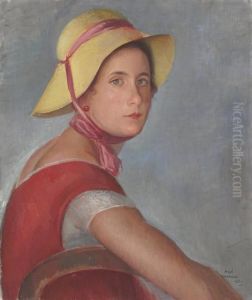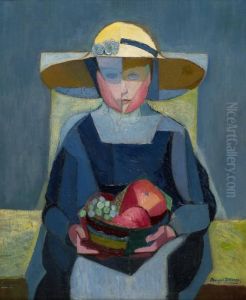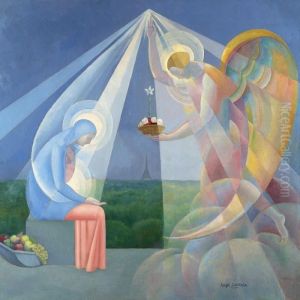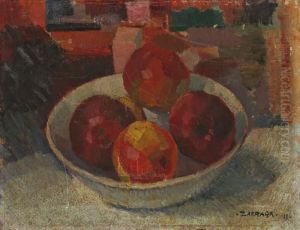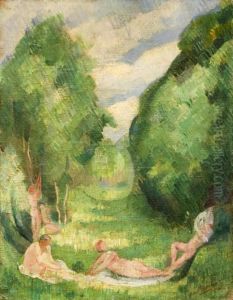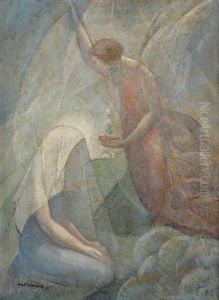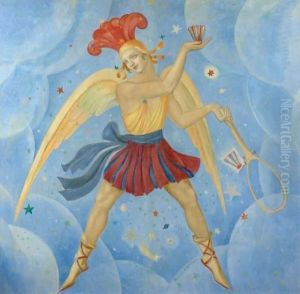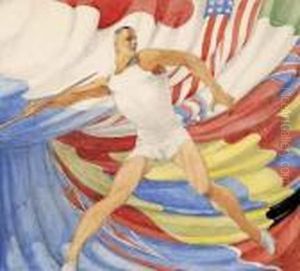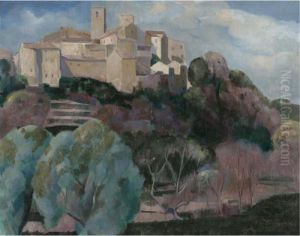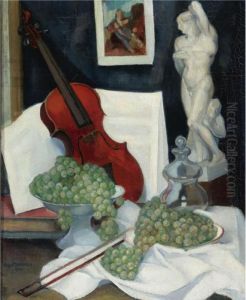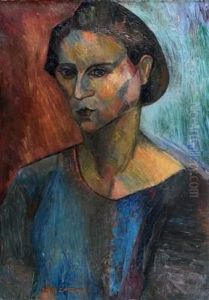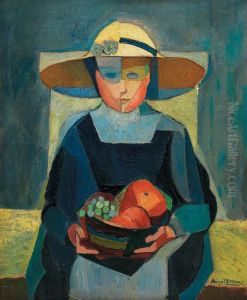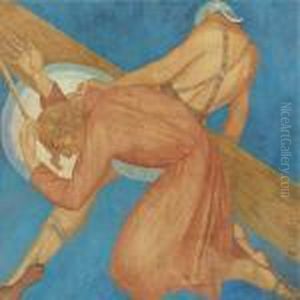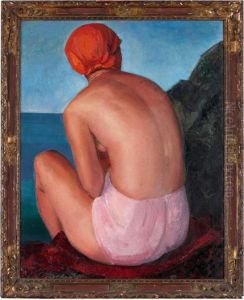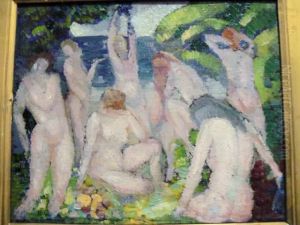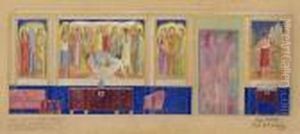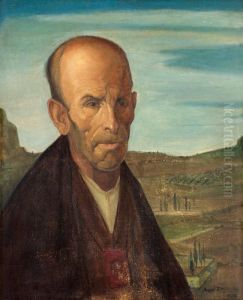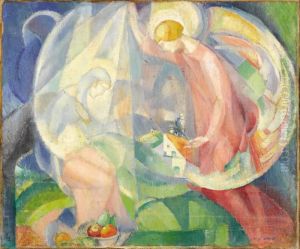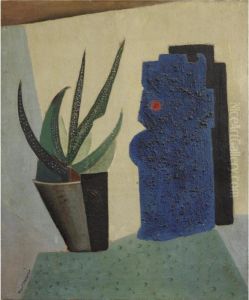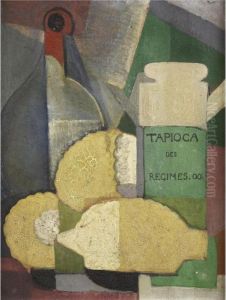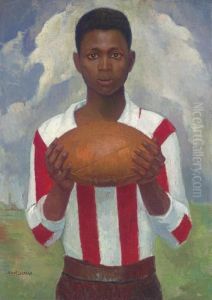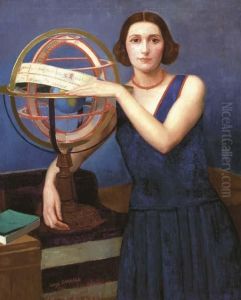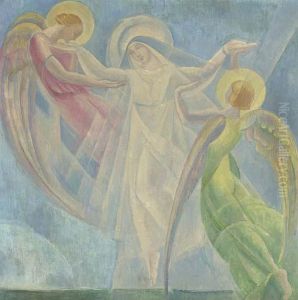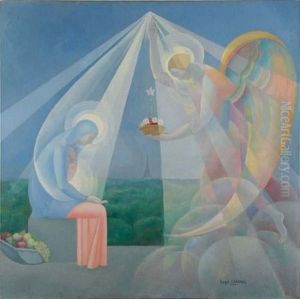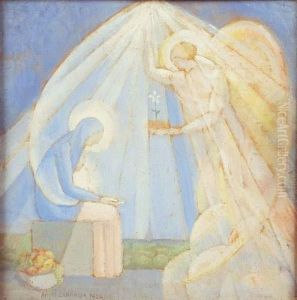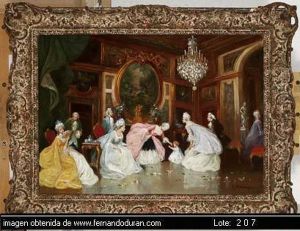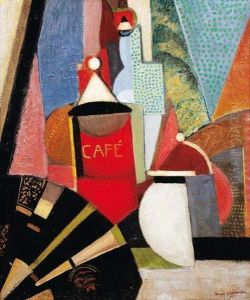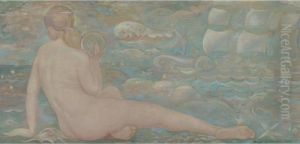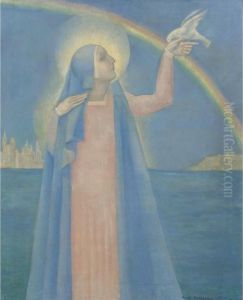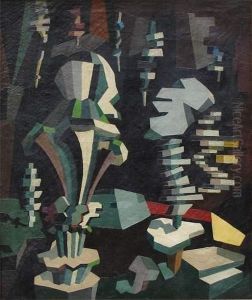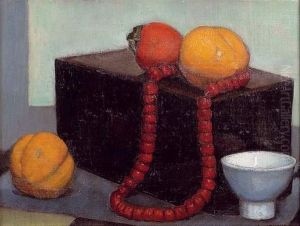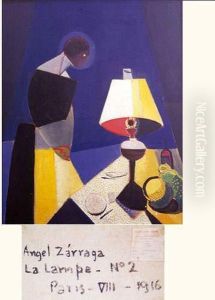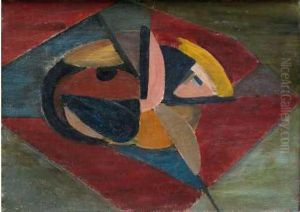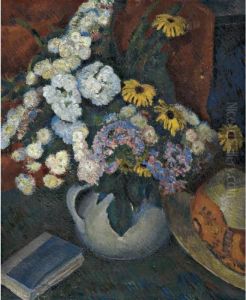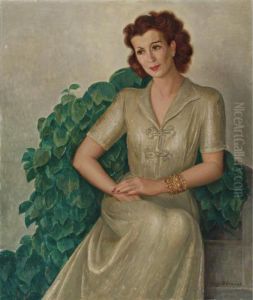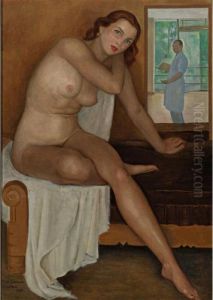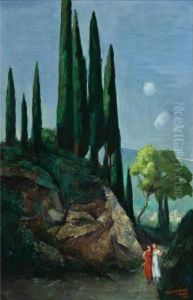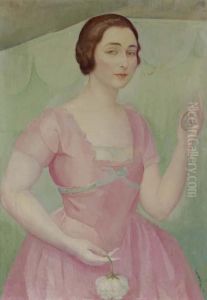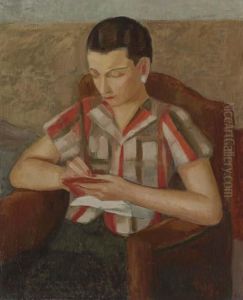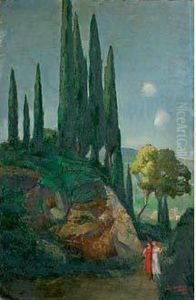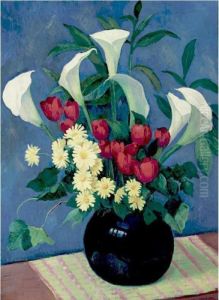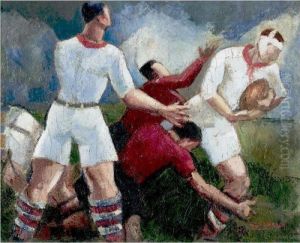Angel Zarraga Arguelles Paintings
Angel Zarraga Arguelles was a distinguished Mexican painter who was born on August 16, 1886, in the city of Durango, Mexico. He displayed a keen interest in art from a young age and pursued his passion for painting by studying at the Academy of San Carlos in Mexico City. His early work reflected the academic style of painting prevalent at the time, but he soon developed his unique artistic identity.
In 1905, Zarraga moved to Europe where he continued his education and was particularly influenced by the avant-garde movements of the early 20th century. He settled in Paris, which was then the epicenter of the art world. While in Europe, he was exposed to various styles and movements, including Impressionism, Cubism, and Futurism, which played a significant role in shaping his artistic development.
Zarraga's work is characterized by a fusion of European modernist styles with Mexican subject matter. He often depicted scenes of Mexican life, landscapes, and religious themes with a modernist twist. His paintings are known for their bold use of color, strong compositional structures, and incorporation of geometric shapes. He was also recognized for his portraiture, through which he captured the essence of his subjects with depth and sensitivity.
During his time in France, Zarraga became associated with other prominent artists and intellectuals, furthering his reputation within the European art circles. Despite his success in Europe, he maintained a strong connection to his Mexican heritage, which continued to inspire his work.
Angel Zarraga's contribution to Mexican art was significant, as he was among the artists who helped to introduce European modernist techniques to the Mexican art scene. By blending these techniques with Mexican themes, he helped to lay the groundwork for the Mexican Mural Movement, although he was not directly involved with the movement itself.
Zarraga's legacy includes not only his rich body of work but also his influence on subsequent generations of Mexican artists. Throughout his career, he exhibited his work extensively in Europe and Mexico, and after his death in Paris on September 22, 1946, his art continued to be celebrated and studied by art historians and enthusiasts alike. His paintings are held in numerous public and private collections around the world, and his life and work remain an enduring part of Mexico's cultural history.
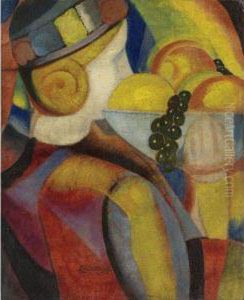
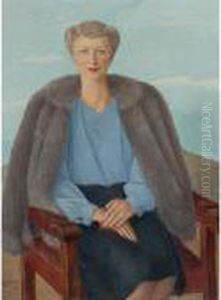
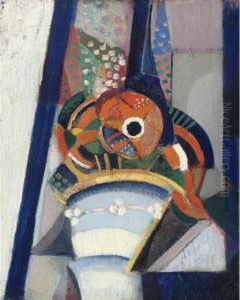
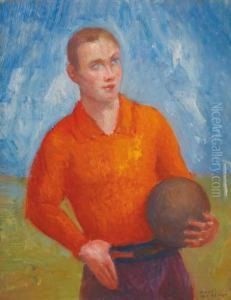
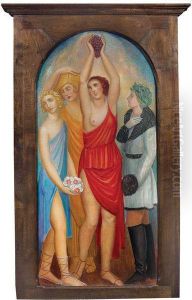
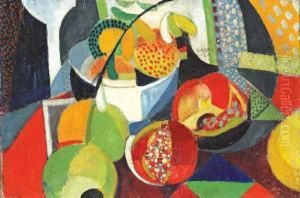
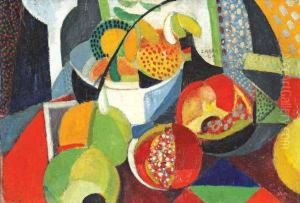
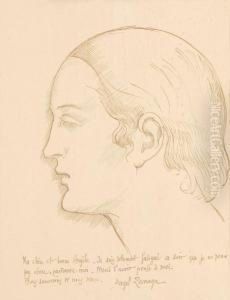
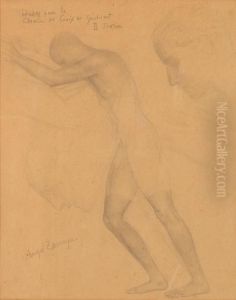
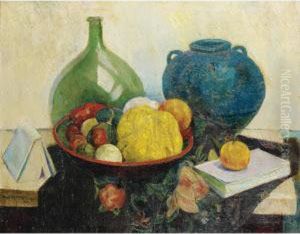
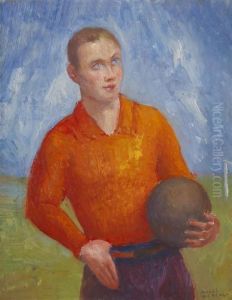
![Sans Titre [visage Etoile]](https://www.niceartgallery.com/imgs/2970351/s/angel-zarraga-arguelles-sans-titre-visage-etoile-28337794.jpg)
